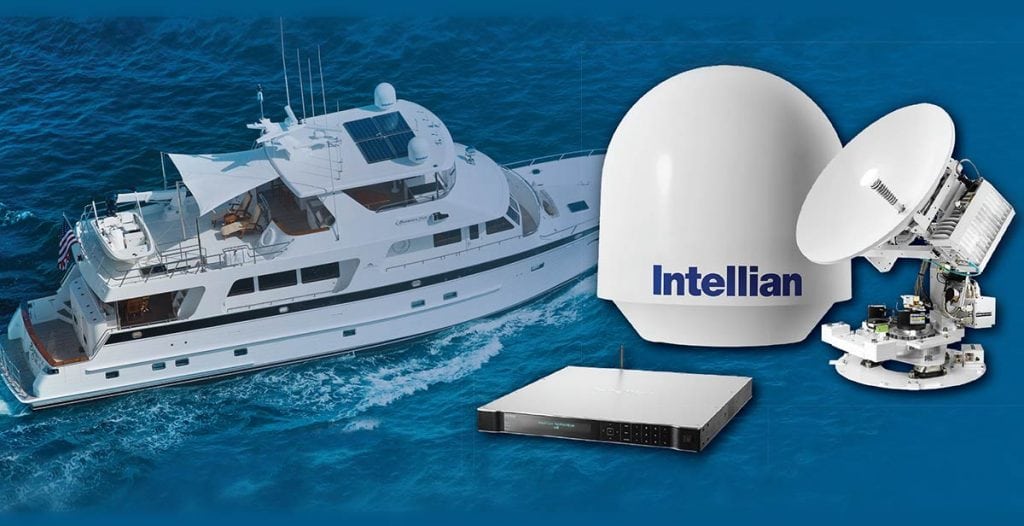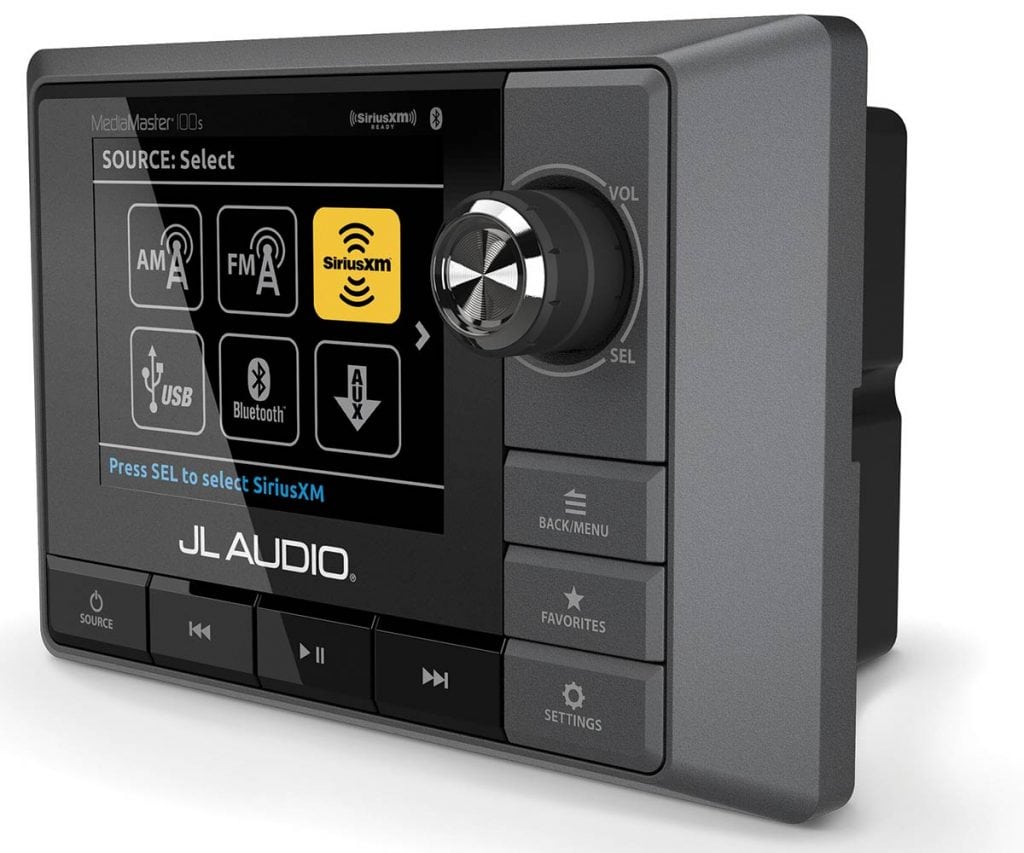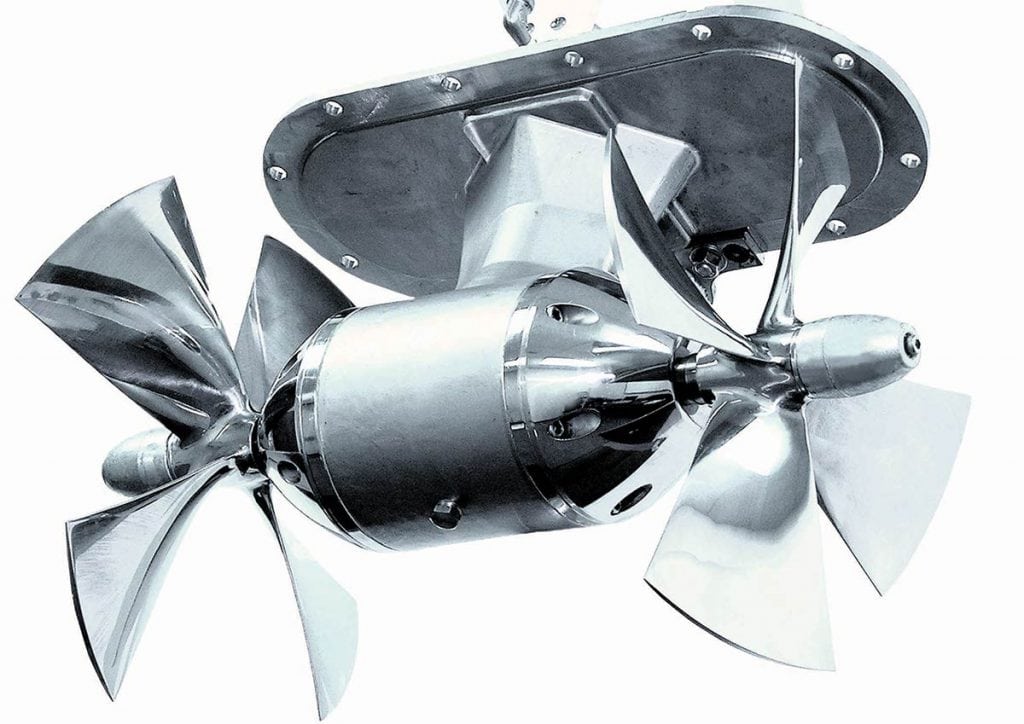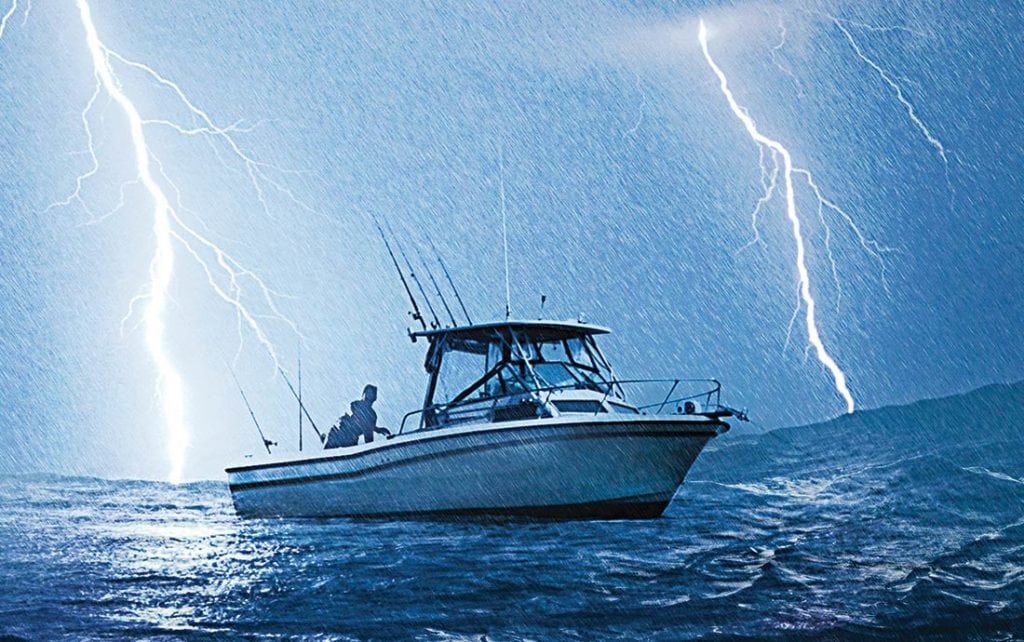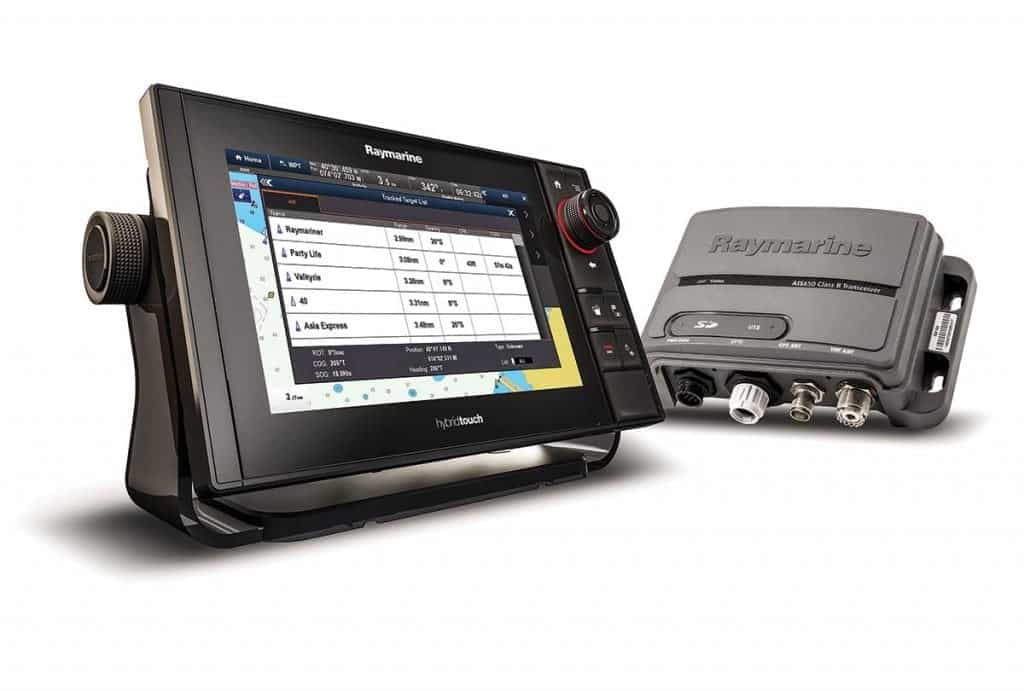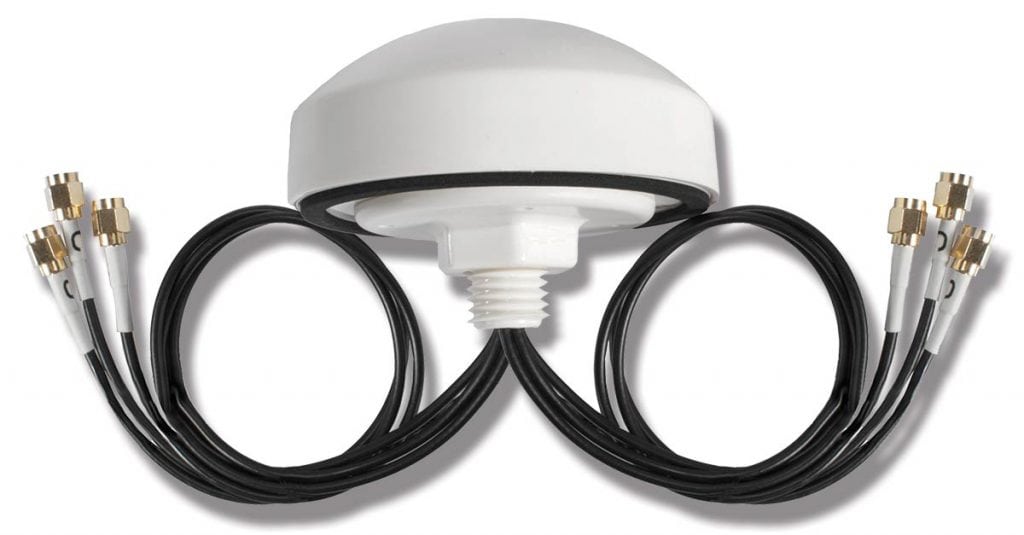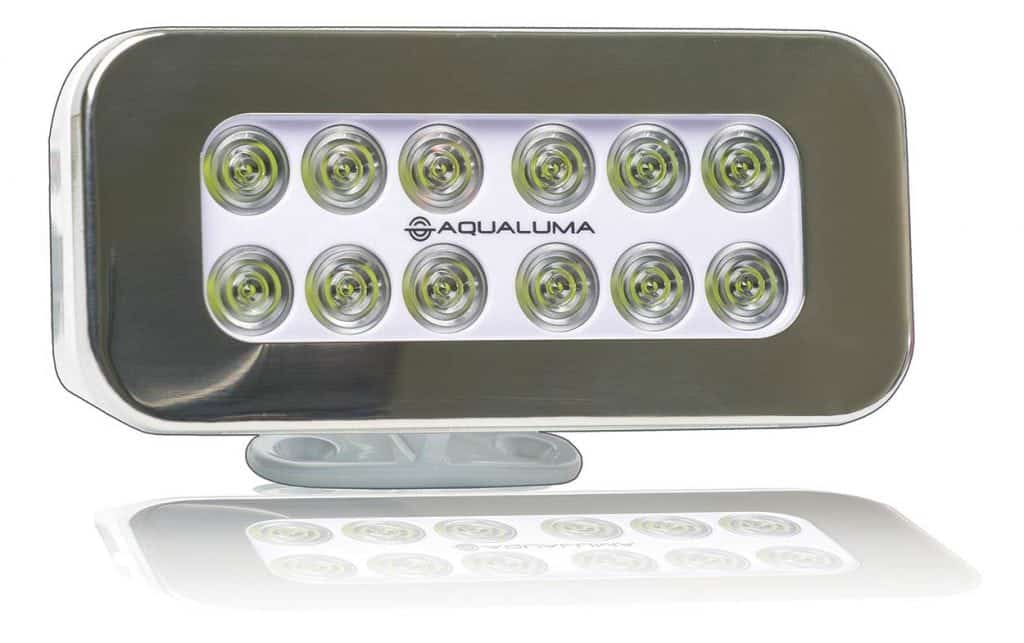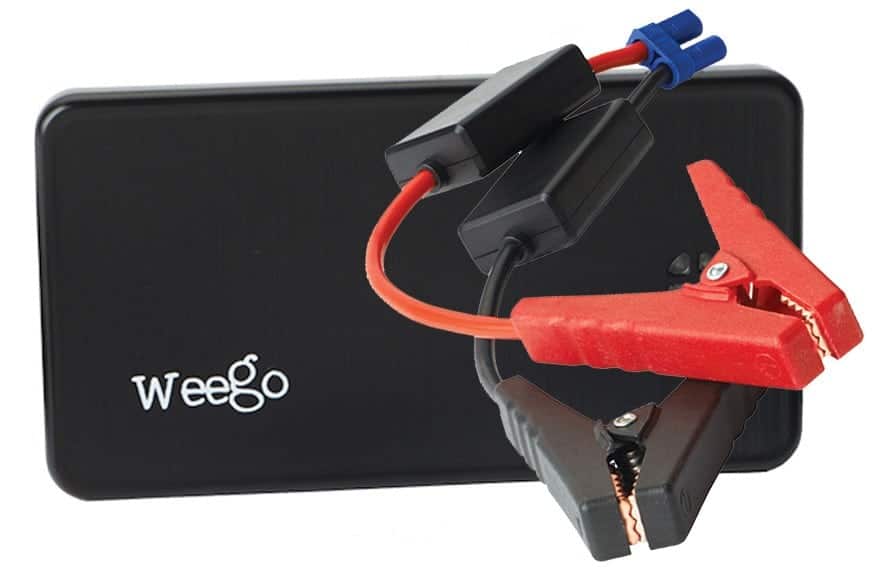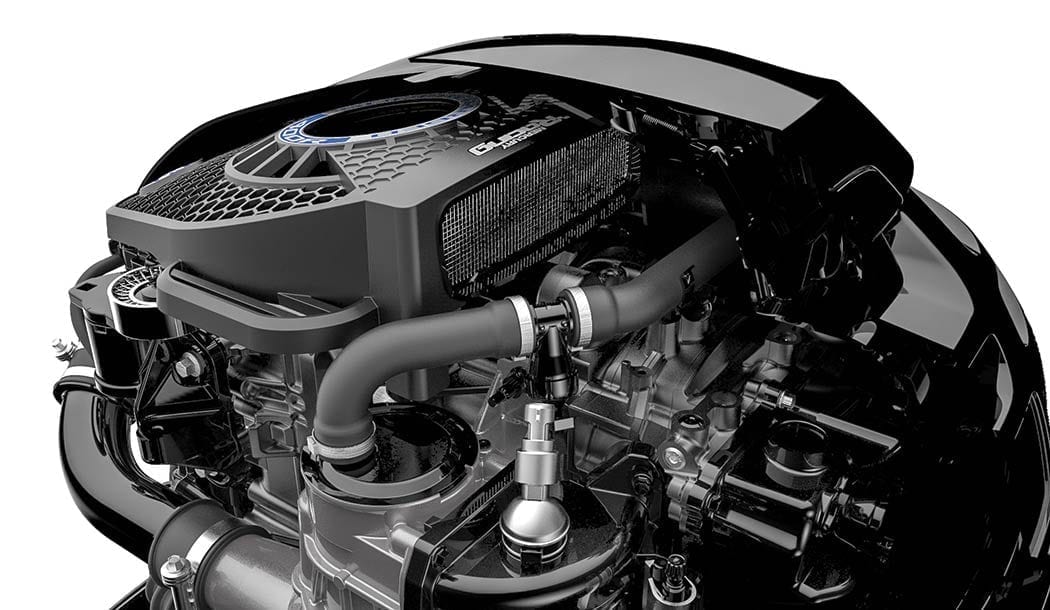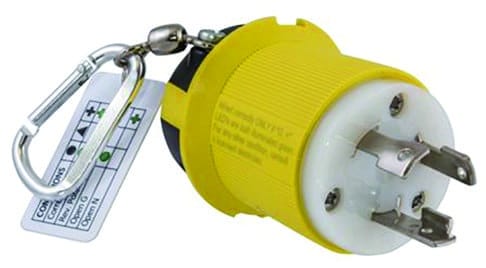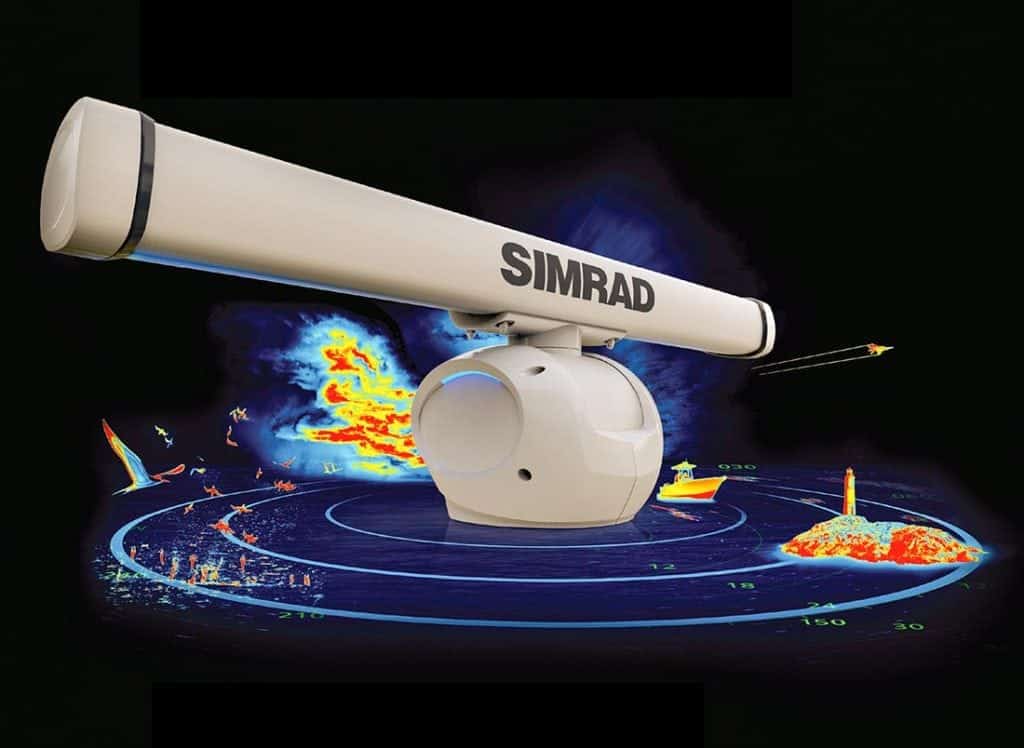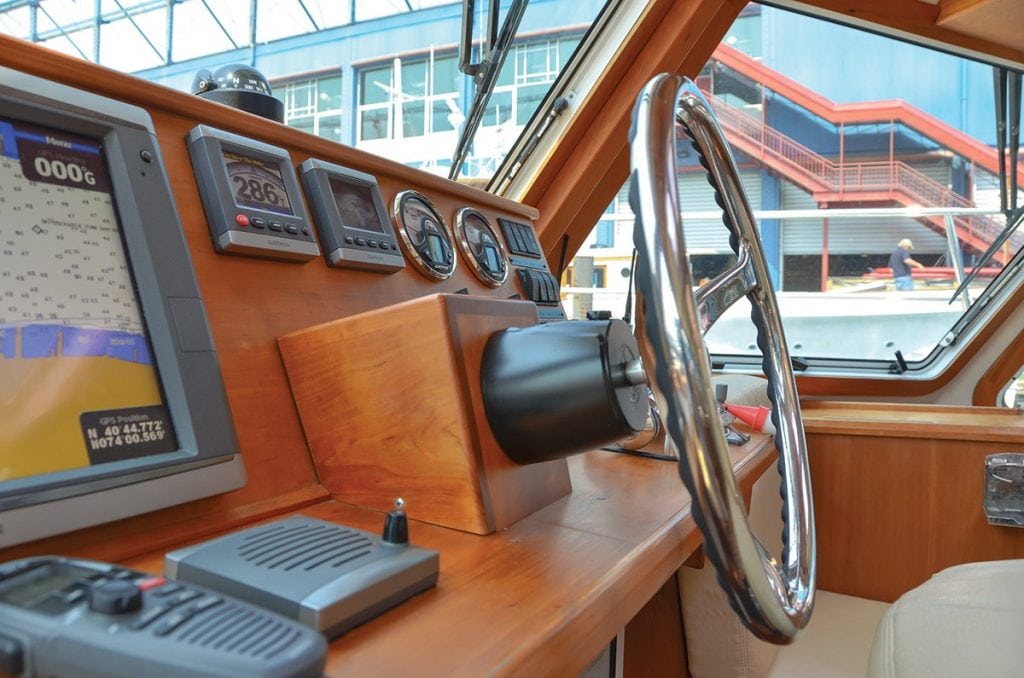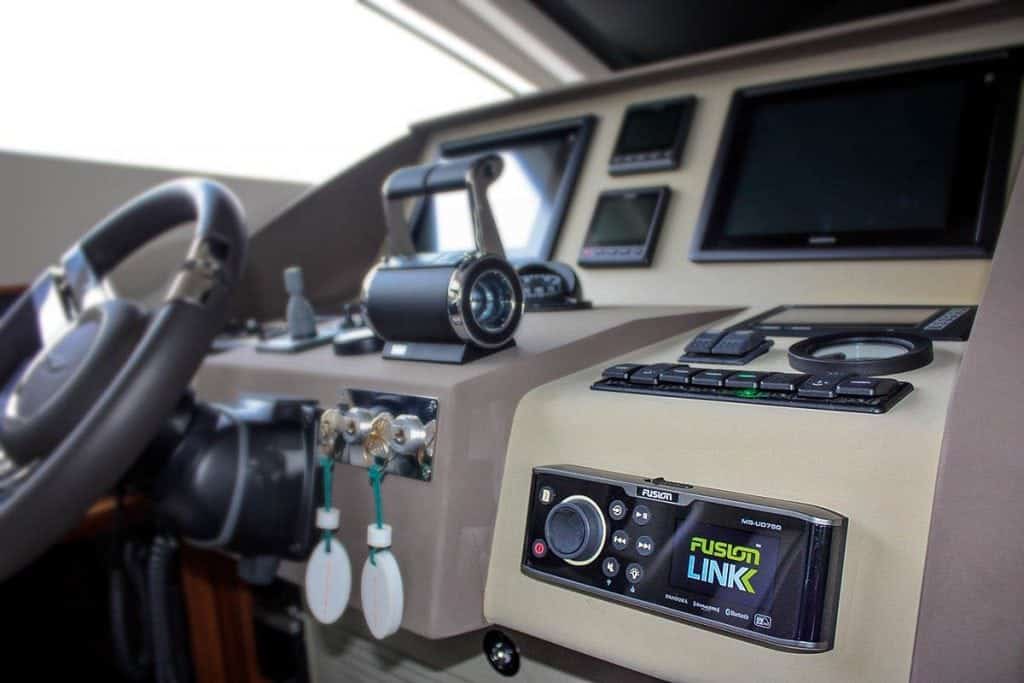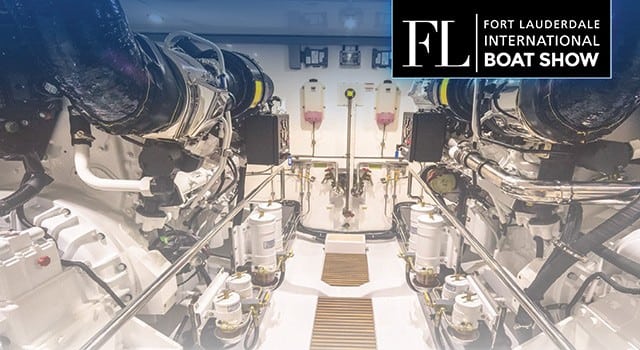Electronics
Any boat enthusiast will tell you with boat ownership comes electronics and boating gear—and lots of it! Researching which boating gear is necessary for your boat can feel like a full-time job. At Southern Boating, our writers and boating experts have decades of experience reviewing electronics and gear to determine the best. We’ve done the legwork for you! We provide insider tips, insights, trends, and resources for hundreds of products. Browse through articles that include product photos, pricing, detailed specifications, links to manufacturer websites, tips on best use and much more! We’re always looking for the latest and greatest electronics and gear. Have a product that you’d like Southern Boating to review? Contact sbletters@southernboating.com for a review and possible inclusion on our website!
Work While You Wander
Five ways to stay connected on board Retirement with sunsets and mai tais on a boat sounds great but many...
Read moreDetailsJL Audio MediaMaster® MM100s
JL Audio’s newest marine audio source unit, the MediaMaster® MM100s, is marine grade and weatherproof. This unit features advanced audio...
Read moreDetailsThrusters: Thunder from Down Under
Marine thrusters to the rescue Docking is by far the most intimidating part of boating. Ask any boater and they’ll...
Read moreDetailsEluding Zeus’ Wrath
Protect your boat from lightning Studies indicate that the odds of your boat being hit by lightning are about 1,000...
Read moreDetailsThe Fuel Measure
Fuel conditioners, additives and stabilizers Let’s get a few basic facts down before we open up the fuel fill and...
Read moreDetailsThe Rise of Data Exchange
Join the AIS Social Network Facebook, Instagram and Twitter are popular because many people are joining and using these social...
Read moreDetailsAntenna Puzzle
Choose the perfect fit for your boat. Choosing the perfect marine antenna is just as important as buying the best...
Read moreDetailsAqualuma’s Spreader Light
Aqualuma’s Spreader Light 12 comes in flush or bracket mount version to allow functionality and smooth styling for a wide...
Read moreDetailsWeego Jump Starter Battery
Weego Jump Starter Battery+ is a compact and portable jump starter that fits in your pocket and starts 12V batteries...
Read moreDetailsCool Running
Keep an eye on your engine’s cooling system. Recently I had both inboard diesel engines of the boat I was...
Read moreDetailsHubbell Marine’s Twist-Lock Circuit Tester
Safe and reliable shore power connections are crucial—sometimes all it takes is a quick test to ensure all is well....
Read moreDetailsNMEA 2015: Keep Up With The Tech Revolution.
Cutting edge radar, sonar, apps and more… The 2015 National Marine Electronics Association Conference held in Baltimore, Maryland, celebrated the...
Read moreDetailsHands On The Wheel
Your hydraulic steering system is relatively simple to understand The ability to make use of pressurized fluid in order to...
Read moreDetailsFusion 750
THIS TECHNO-FRIENDLY SOUND SYSTEM BUILT FOR THE WATER Even a rainy day on the water is better when you have...
Read moreDetailsFLIBS 2015 New Equipment Offerings
Power up! Last month we featured 38 of the must-see new boats making their debut in Fort Lauderdale. In this...
Read moreDetails

